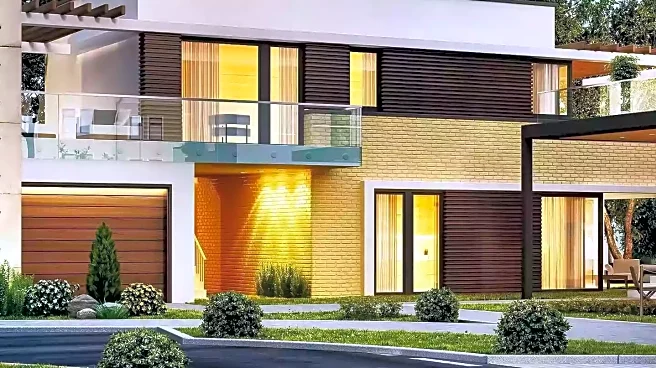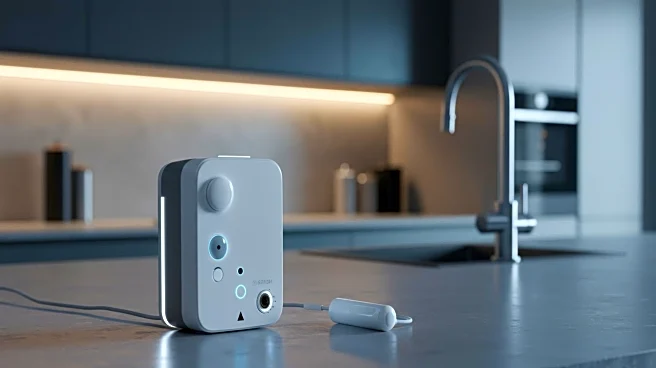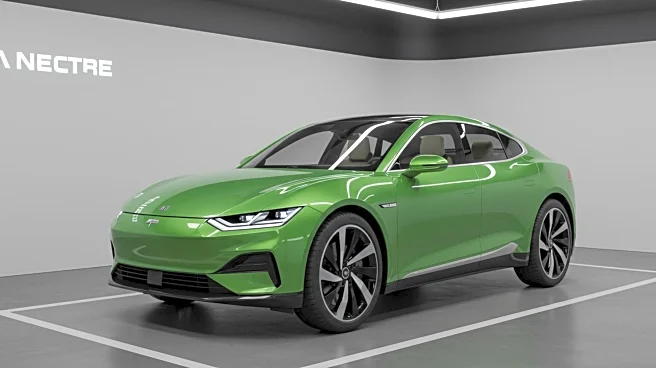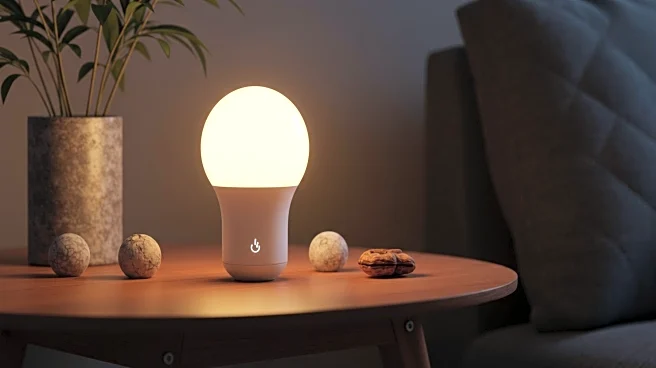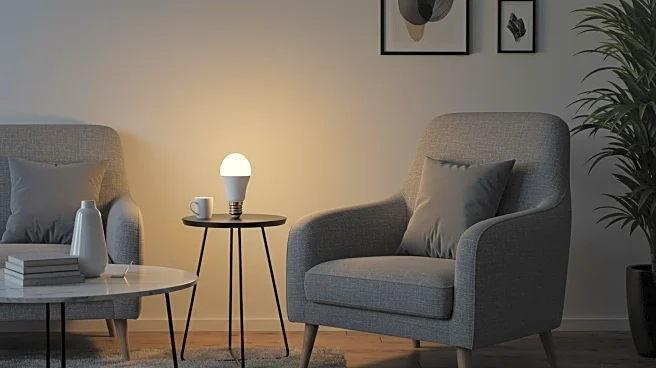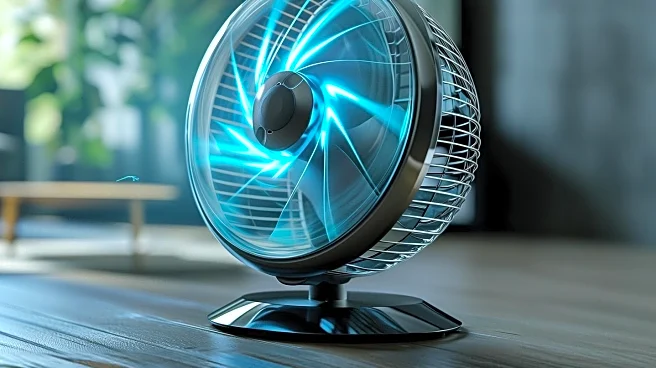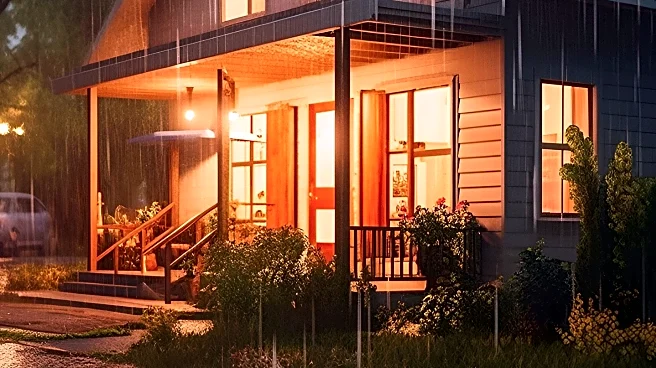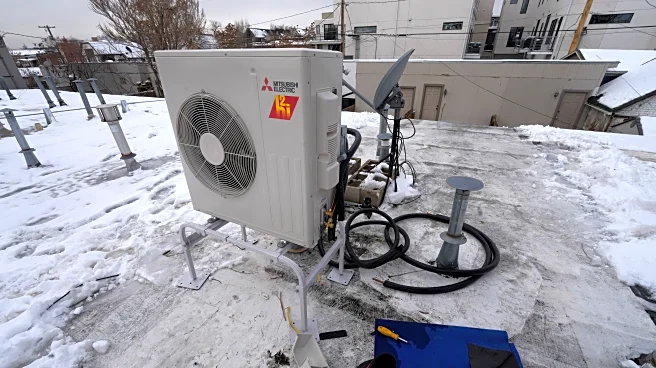Rapid Read • 8 min read
Smart lighting is becoming increasingly popular as a cost-effective way to enhance home energy efficiency. Smart bulbs and switches offer detailed app control over LED lights, which can significantly reduce energy consumption. The Department of Energy notes that switching to LED lights can save up to $225 annually. Smart bulbs are affordable, with prices ranging from $10 to $30, and smart switches starting around $30 to $40. These devices can be installed in strategic locations such as entryways, bedrooms, and living rooms to maximize their impact. Smart switches offer additional features like presence sensing and ambient light detection, making them suitable for areas where traditional bulbs are hard to replace.
AD
The adoption of smart lighting technology is crucial for reducing household energy costs and promoting sustainable living. By integrating smart bulbs and switches, homeowners can automate lighting schedules, reducing unnecessary energy usage. This technology not only contributes to lower utility bills but also supports environmental conservation efforts by decreasing overall energy demand. The ability to control lighting remotely and set schedules enhances convenience and security, making smart lighting an attractive option for modern homes. As more consumers embrace smart home technologies, the market for these products is expected to grow, driving innovation and competition among manufacturers.
Homeowners interested in smart lighting should consider their specific needs and existing lighting setups before purchasing. Evaluating socket sizes and bulb shapes is essential to ensure compatibility. Additionally, consumers may explore advanced features such as color-changing lights and music syncing for enhanced functionality. As smart lighting technology evolves, new products with improved capabilities are likely to emerge, offering even greater energy savings and convenience. Consumers can expect continued advancements in smart home integration, including compatibility with voice assistants and other smart devices.
The shift towards smart lighting reflects broader trends in home automation and energy efficiency. As consumers become more environmentally conscious, the demand for sustainable solutions like smart lighting is expected to rise. This trend may influence public policy and encourage further investment in green technologies. Additionally, the integration of smart lighting with other smart home devices could lead to more comprehensive home automation systems, enhancing overall quality of life and security.
AD
More Stories You Might Enjoy
